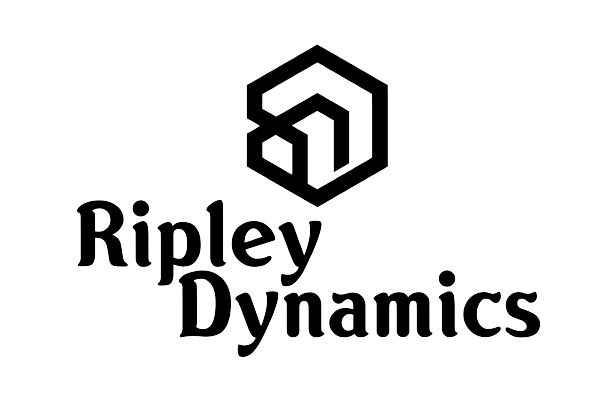Unlocking the Potential of ABS 3D Printing: A Comprehensive Guide
In the world of additive manufacturing, Fused Deposition Modeling (FDM) or Fused Filament Fabrication (FFF) stands out as one of the most popular 3D printing technologies. Among the myriad of materials available for FDM/FFF printing, Acrylonitrile Butadiene Styrene (ABS) holds a special place due to its unique properties and versatile applications. In this blog post, we delve into the realm of FDM/FFF ABS 3D printing, exploring its characteristics, benefits, challenges, and practical tips to harness its full potential. To achieve an injection moulding surface quality a different technology needs to be used. SLA/DLP technology recommended to achieve high quality surface finish. This technology combines the precision of SLA printing with the durability and versatility of ABS (Acrylonitrile Butadiene Styrene) plastic, offering a promising solution for various industries and applications.
Understanding ABS: ABS is a thermoplastic polymer known for its strength, durability, and excellent impact resistance. It exhibits good heat resistance, making it suitable for applications requiring stability under moderate temperatures. ABS also boasts decent mechanical properties, including stiffness and toughness, making it a preferred choice for engineering prototypes, functional parts, and consumer products.
Benefits of FDM/FFF ABS 3D Printing:
Strength and Durability: ABS parts exhibit impressive strength and durability, making them suitable for functional prototypes and end-use parts subjected to mechanical stress.
Heat Resistance: With a glass transition temperature (Tg) ranging from 90°C to 105°C, ABS can withstand moderate temperatures, expanding its application range in various industries.
Surface Finish: ABS parts produced via FDM/FFF typically feature a smooth surface finish, requiring minimal post-processing compared to other materials like PLA.
Compatibility: FDM/FFF ABS is compatible with a wide range of 3D printers, offering accessibility to both hobbyists and professionals.
Benefits of SLA ABS-like 3D Printing:
Chemical Resistance: ABS-Like resins are resistant to a wide range of chemicals, making them suitable for applications where exposure to harsh chemicals is expected.
Precise Detailing: ABS-Like resin printing provides high-resolution prints with intricate details, allowing for the creation of complex geometries and fine features. The surface finish is far superior than traditional FDM/FFF ABS printing.
Minimal Warping: Unlike traditional ABS printing methods, ABS-Like resin printing minimizes warping and layer adhesion issues, resulting in more reliable and accurate prints.
Versatility: ABS-Like resins are compatible with existing SLA printing equipment, making it easy for businesses to adopt this technology without significant additional investment.
Post-Processing Flexibility: Prints produced with ABS-Like resins can be easily post-processed to achieve desired surface finishes or textures, enhancing their aesthetic appeal and functionality.
Rapid Prototyping: ABS-Like resin printing enables rapid prototyping and iteration of designs, helping companies accelerate product development cycles and bring products to market faster.
Wide Range of Applications: From automotive and aerospace to medical and consumer goods, ABS-Like resin printing finds applications across various industries where high-performance materials are required.
Cost-Effective: Despite its advanced properties, ABS-Like resin printing remains cost-effective, offering a competitive alternative to traditional manufacturing methods for small to medium production runs. We have produced a lot of
Use case:
End-Use Parts: ABS is often used to manufacture end-use parts in various industries. From casings and housings for electronic devices to brackets and mounts for machinery, ABS parts can withstand the rigors of everyday use.
Automotive Components: ABS is commonly used to produce automotive components such as dashboard panels, interior trim pieces, and exterior body parts. Its heat resistance and impact strength make it suitable for withstanding the demanding conditions of automotive environments.
Tooling and Fixtures: ABS can be used to create tooling and fixtures for manufacturing processes. Whether it's jigs, molds, or assembly aids, ABS parts provide the strength and durability required for repetitive use in production environments.
Consumer Products: ABS is found in a wide range of consumer products, including toys, appliances, and household items. Its versatility, combined with the ability to achieve smooth surface finishes, makes it an ideal material for creating aesthetically pleasing products.
Medical Devices and Equipment: ABS is used in the production of medical devices and equipment due to its biocompatibility and sterilization capabilities. From surgical instruments to housing for medical devices, ABS parts play a critical role in the healthcare industry.
Electronics Enclosures: ABS is frequently used to manufacture enclosures and cases for electronic devices such as computers, routers, and audio equipment. Its electrical insulating properties and resistance to heat make it a suitable material for protecting sensitive electronic components.
Educational Models: ABS is often used in educational settings for creating models and prototypes to teach concepts in engineering, architecture, and design. Its ease of use and affordability make it accessible for students and educators alike.
Customized Products: With the rise of additive manufacturing, ABS printing enables the creation of customized products tailored to individual preferences and requirements. From personalized phone cases to custom-designed components, ABS printing offers flexibility in design and production.
Art and Design: ABS can be used by artists and designers to create sculptures, installations, and other artworks. Its ability to be easily shaped and finished allows artists to explore their creativity and bring their visions to life in three dimensions.

